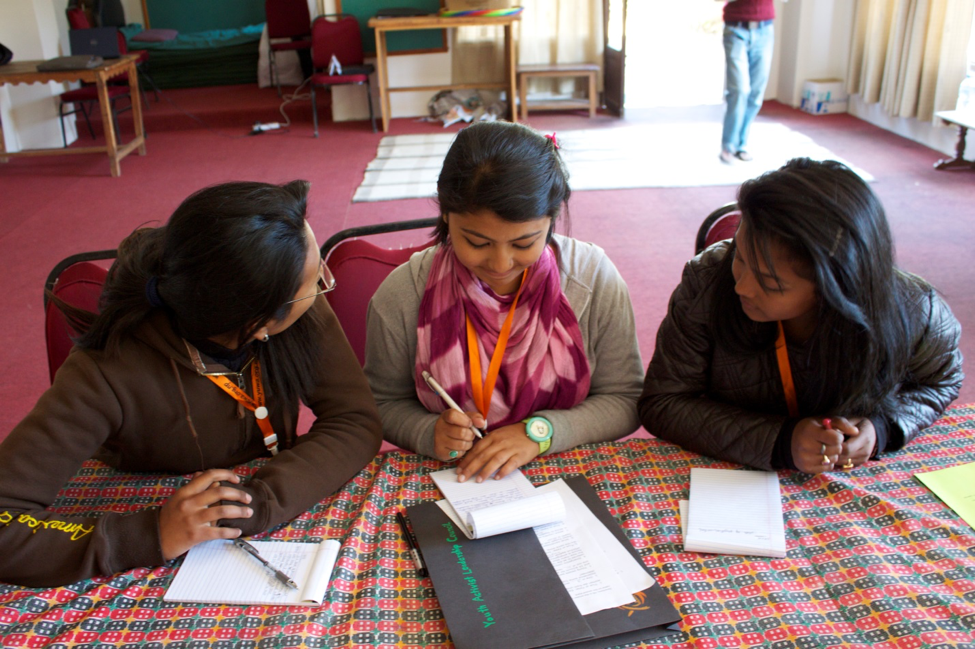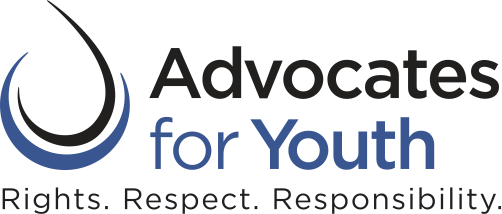Mobilizing Movements for Girls’ and Women’s Sexual Health and Rights
Last month, 500,000 women marched for women’s rights in Washington, D.C. and as many as 2.5 million more marched with them in solidarity across the world. On that day the message “women’s rights are human rights” resounded across the globe, as witnessed by the marches held across continents.
The universality of the fight for girls' and women's sexual health and rights is profound. There is a power and joy when you realize that you are a part of something much bigger — that you are not alone and that there are girls and women just like you in your community, your country, and around the world who strive to assert themselves and be treated with respect, among many other hopes and dreams.

The power and joy are also visible in all corners of the word, through the remarkable initiative of young people, communities, institutions, and stakeholders, which I have been so lucky to see working in partnership with local organizations:
- You can see it in the small sub-county of Suba in Homa Bay, Kenya, where primary school teachers want to make a difference, so they have been trained in comprehensive sexuality education in order to empower their students.
- You can see it in the southern province of Sissili in Burkina Faso where an adolescent girl who was going to be forced to marry a much older man in neighboring Ghana sought help at the local youth association.
- You can see it in Kahtmandu, Nepal, where a group of committed young men and women persistently engaged with curriculum development stakeholders to finally include information about contraception, abortion, and sexual diversity in their national sexuality education curriculum.
Yet the universality of the fight for women and girls’ sexual health and rights also brings outrage and grief because of its breadth and the mere fact that it is still necessary in 2017. How far we have yet to go is also painfully clear when adolescent girls still struggle to stay in school due to unplanned pregnancy. Complications from pregnancy and childbirth are the second cause of death for girls ages 15-19 and every year, approximately 3 million girls undergo unsafe abortions.
Women and girls are also still disproportionately infected by HIV— in 2015, young women constituted 60 per cent of all young people living with HIV ages 15-24. In order to effectively invest in sexual health and rights, we must remove barriers, like parental and spousal consent laws and laws that criminalize abortion, people living with HIV, and same-sex relations, which only make it more difficult for young people and women to access sexual and reproductive health commodities and services. We must also advance policies and programs that counter stigma and discrimination and support honest sexuality education.

If women’s rights are human rights, then we must ask ourselves why each year, 15 million girls are married before the age of 18? Why more than 3 million girls are estimated to be at risk for female genital mutilation annually? Why lesbian, bisexual, and transgender women are at risk of being raped or forcibly impregnated? Or why 1 in 3 women worldwide have experienced either physical and/or sexual intimate partner violence or non-partner sexual violence in their lifetime?
Without investing sexual health and rights gender equality for girls and women will never be achieved. Now more than ever we must invest in community mobilization, women and girls’ empowerment, engagement of men and boys, partnerships with local organizations, and advocacy to challenge harmful gender norms and practices and ensure strong, supportive legal and policy frameworks that uphold rather than threaten sexual health and rights.



